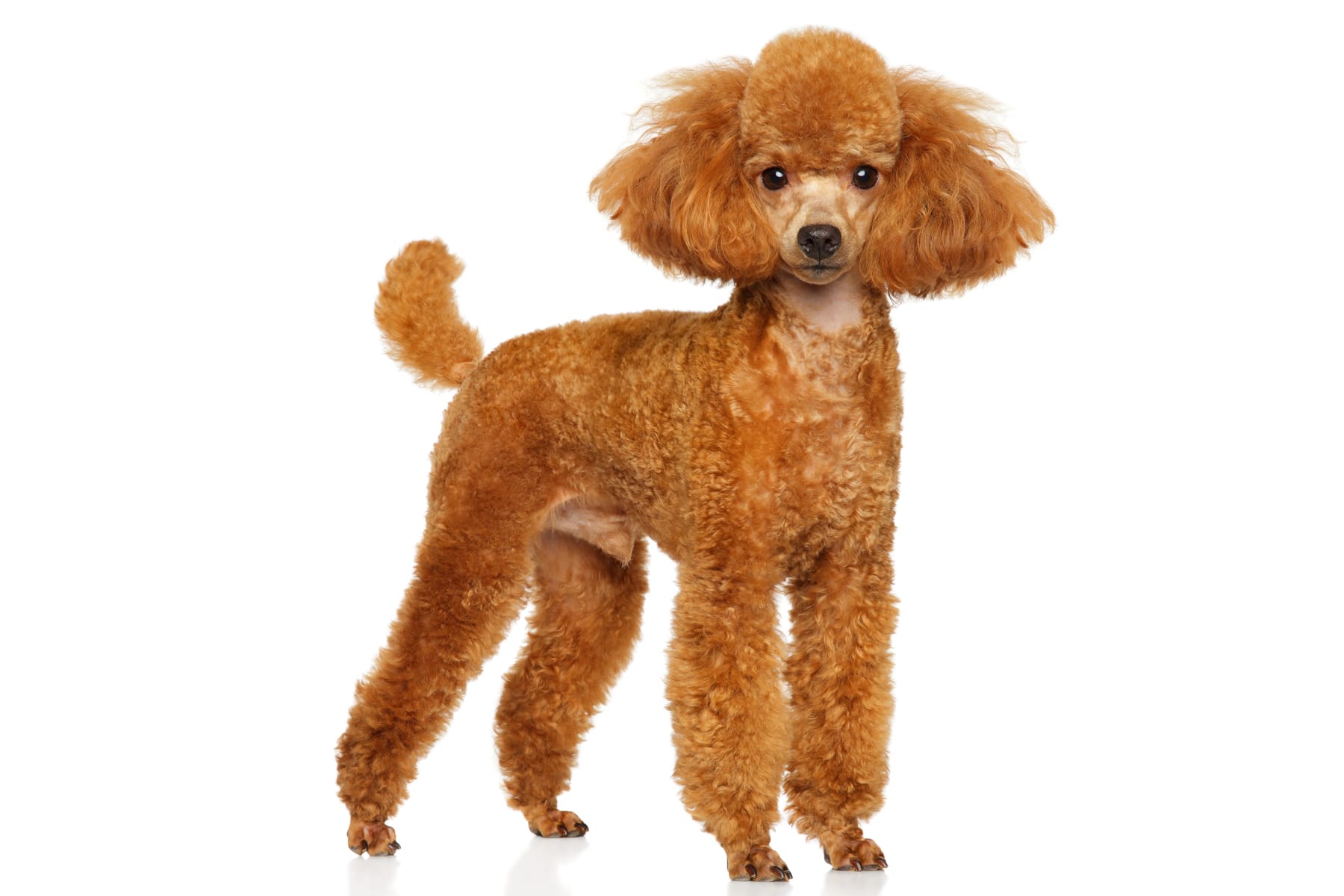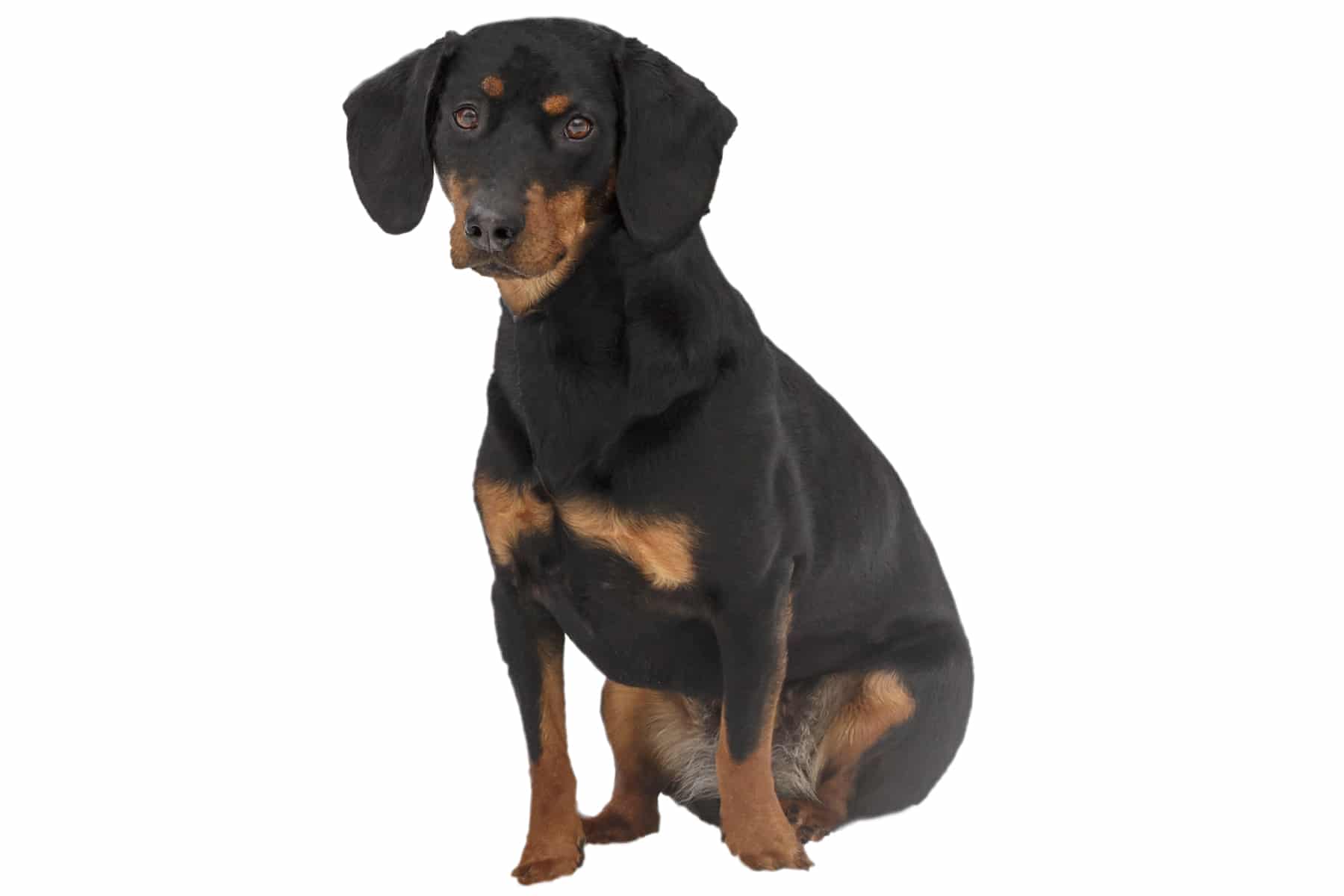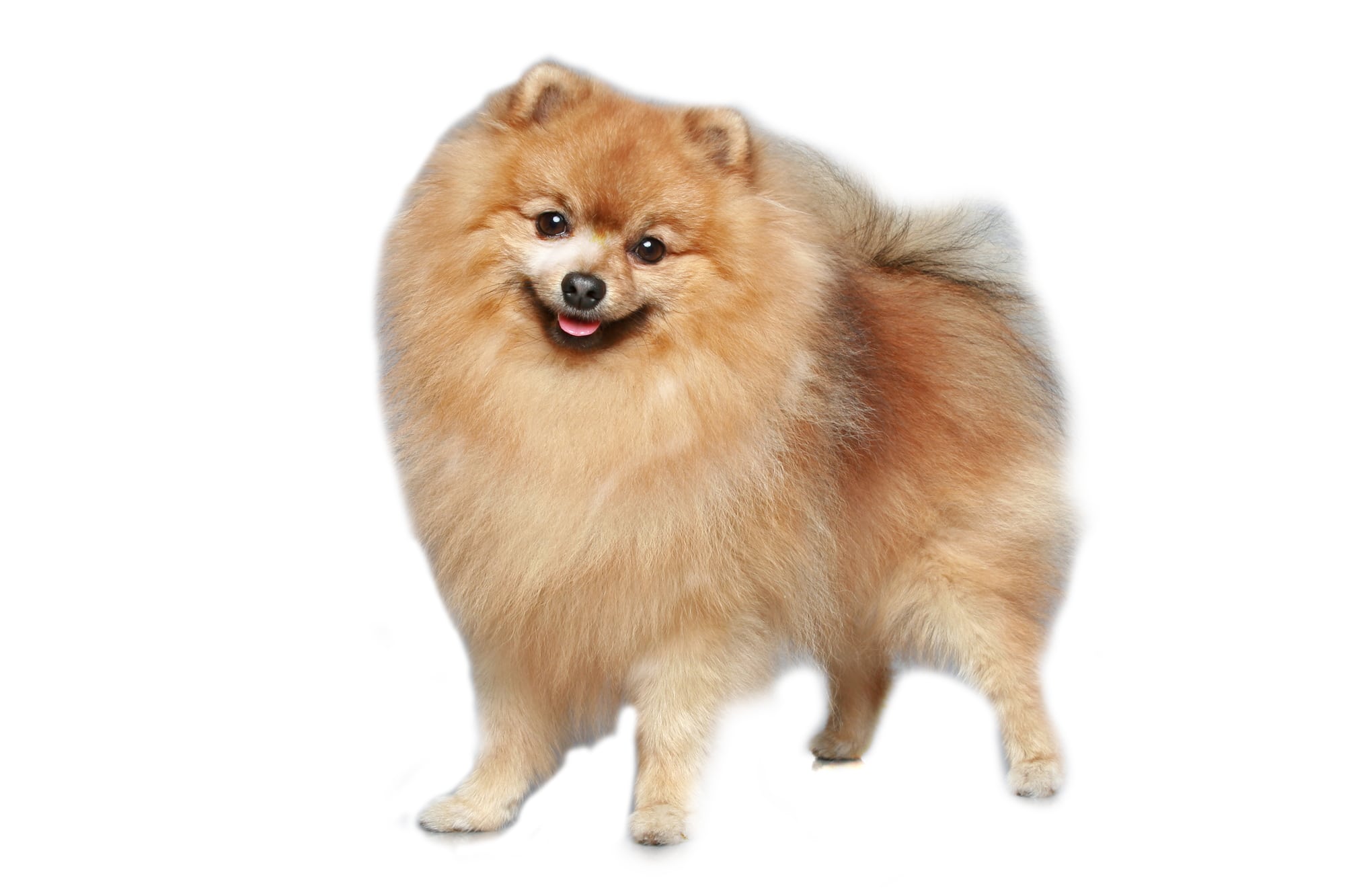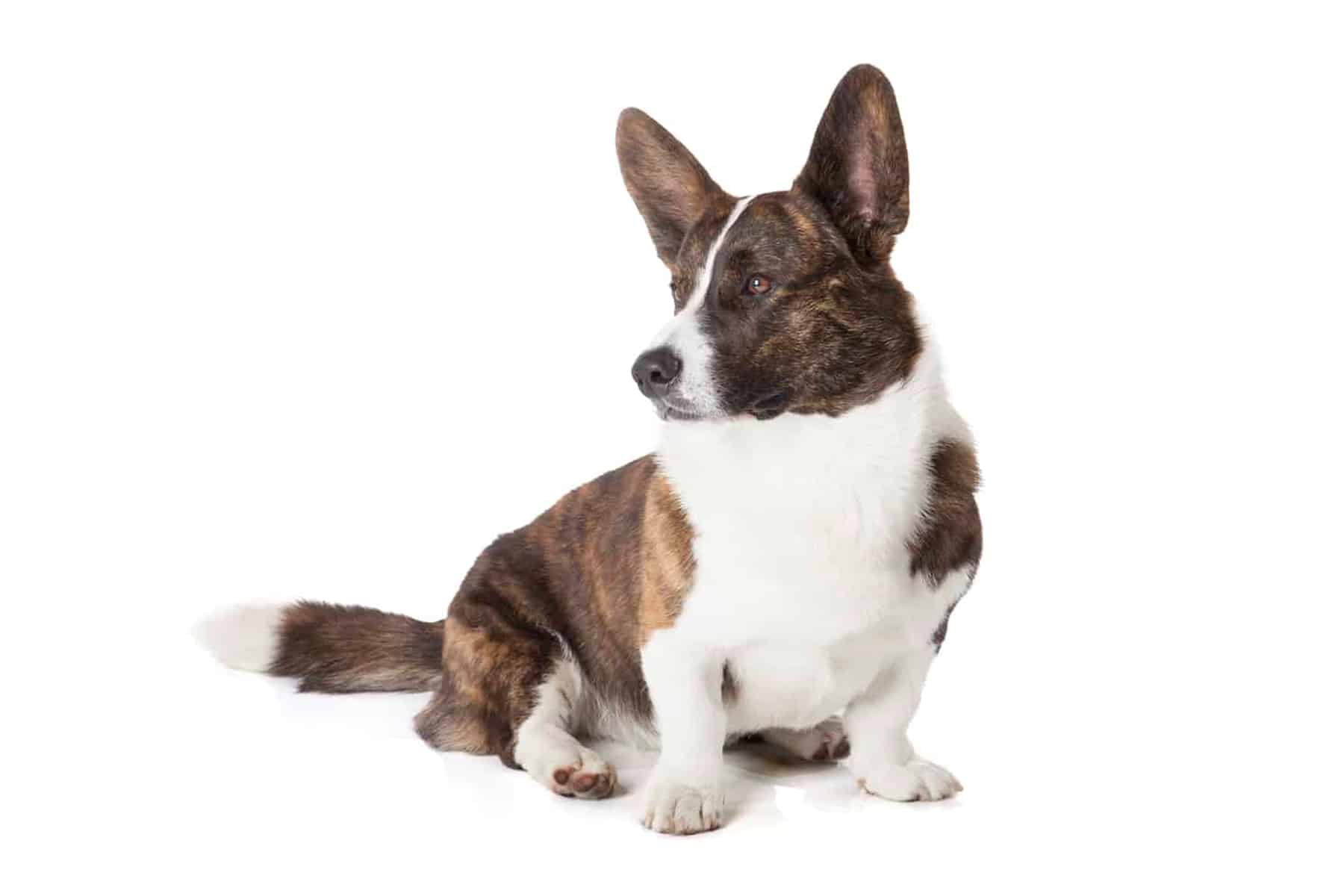Entlebucher Mountain Dog
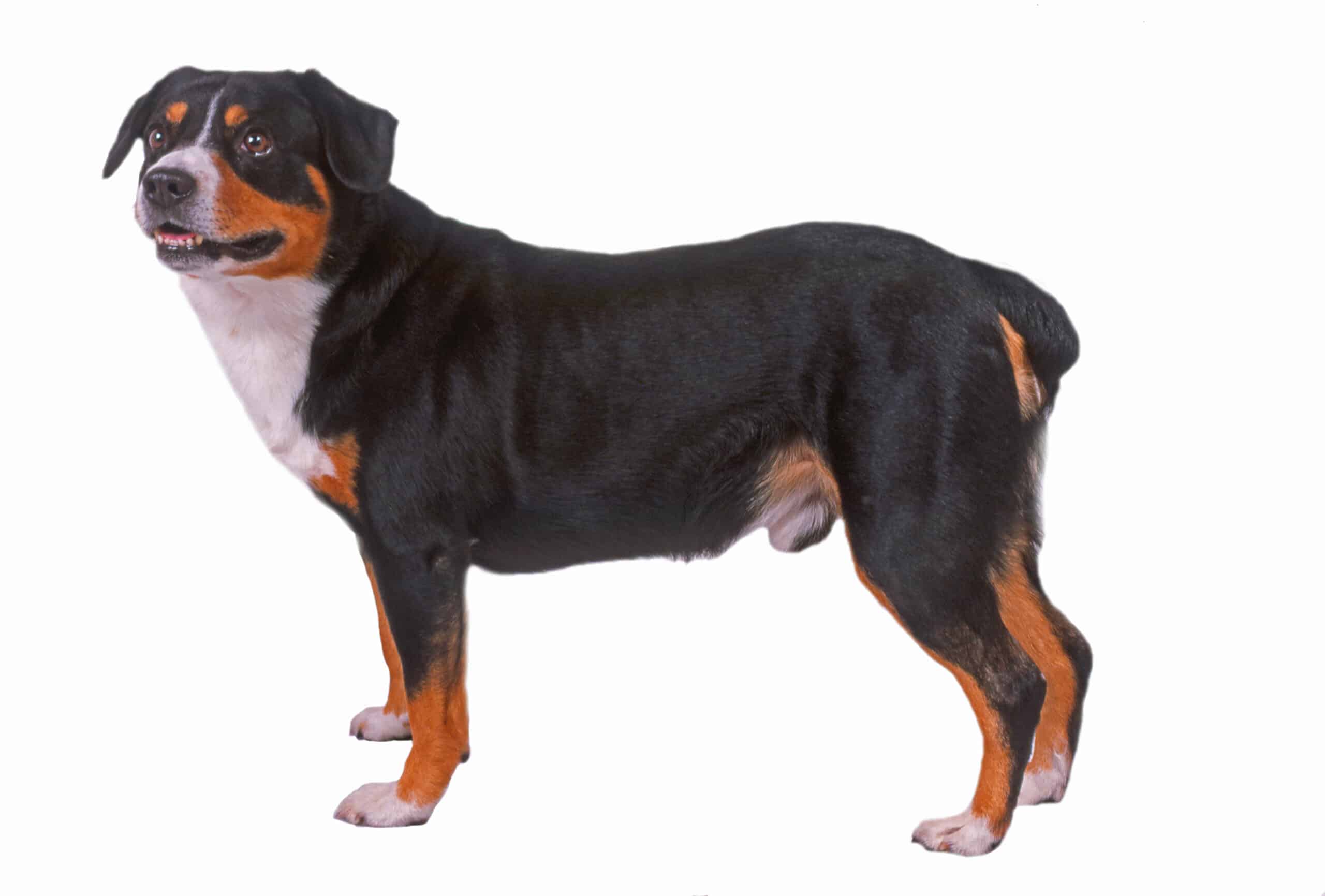
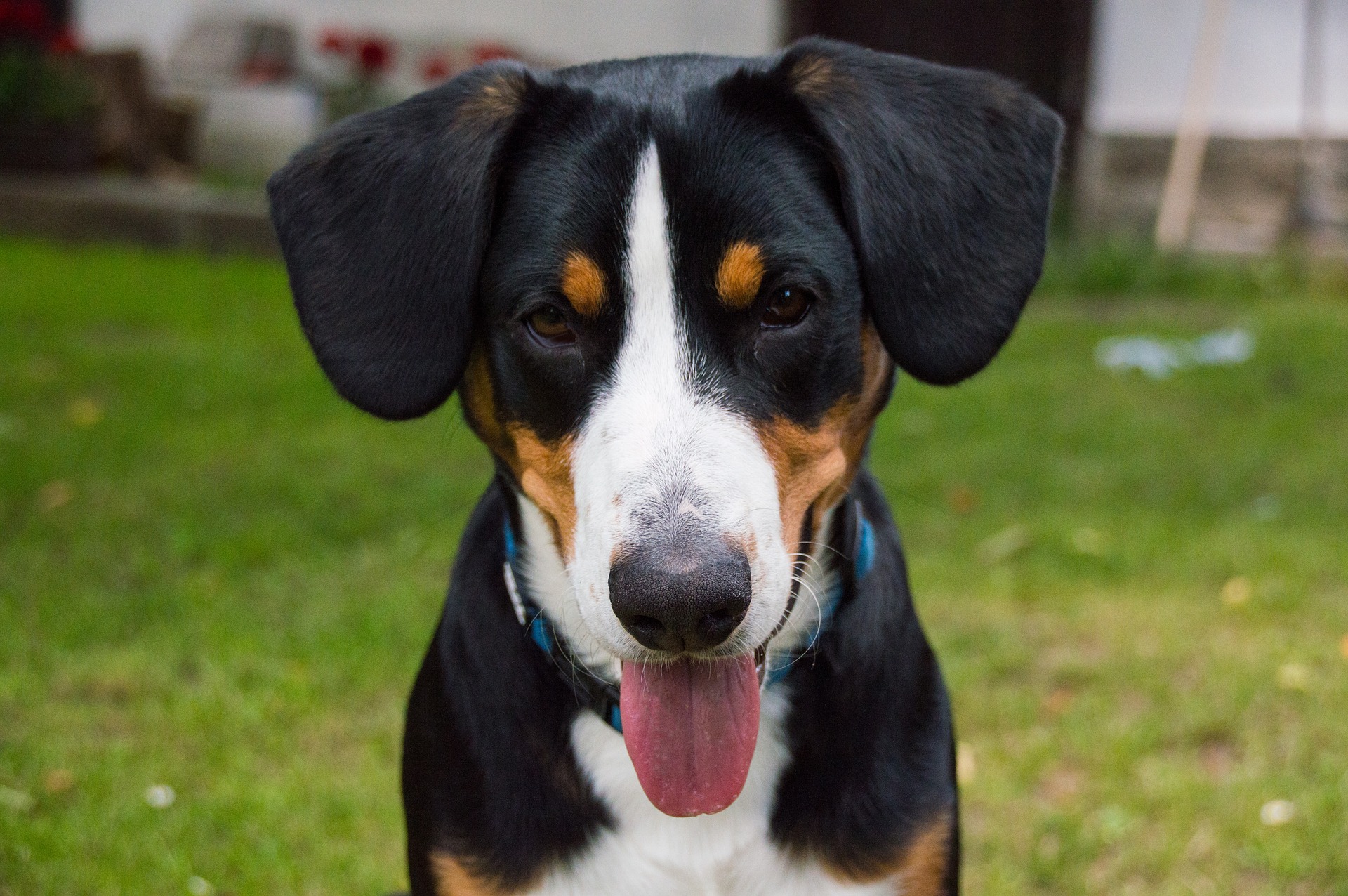
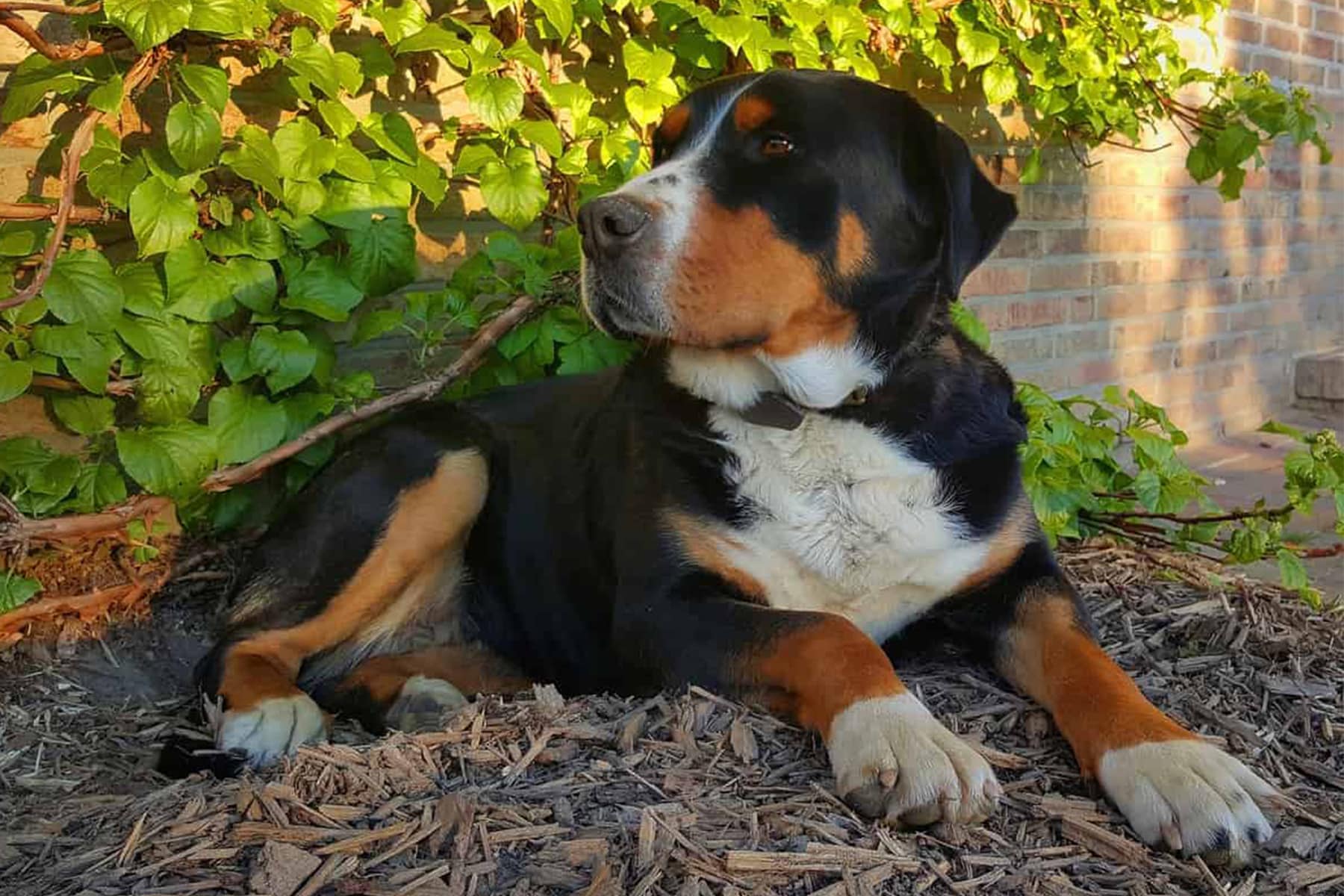
Temperament:
The fourth mountain dog is the most active - the Entlebucher mountain dog, a powerhouse in miniature. With its sheer inexhaustible energy, loyalty and playfulness, it is the ideal companion for any active person.
Characteristics
The Entlebuch Mountain Dog is recognized by the FCI. Like all Swiss Mountain and Cattle Dogs, it belongs to Group 2, which also includes Molossoids, Pinschers and Schnauzers. It is the lightest and smallest mountain dog. The males measure between 44 and 52 centimetres. The bitches are slightly smaller.
Like its relatives, the Entlebuch Mountain Dog is characterized by its tricoloured coat. Most of the hair is black. Markings are only permitted on the belly, legs and head. When breeding, the aim is to achieve the most symmetrical coloration possible. The two brown spots above the eyes are particularly striking. They give the dog a friendly expression. It has wide floppy ears. The coat is stocky and corresponds to the original type.
The Entlebuch Mountain Dog has relatively short legs but a long torso. This in no way restricts its urge to move. It can reach impressive speeds and wants to be kept busy. At the same time, it is very agile. It owes this characteristic to its historical use as a shepherd dog. Today, it makes him a versatile dog.
If you're looking for a dog to accompany you jogging, bring back the frisbee and play dog sports with, the Entlebuch Mountain Dog is the right choice. The most important thing for him is to have a task. He then fulfills this task with unbridled energy and perseverance. The satisfaction of his human is his top priority.
The Entlebuch Mountain Dog has a very close bond with its owner and family. He is reserved towards strangers. It often expresses its displeasure by barking. It is therefore well suited as a guard dog. However, he has no place in a kennel. He gets on well with cats. All in all, he is an ideal family dog.
However, caution is advised with small children. The Entlebuch Mountain Dog is not aggressive, but impetuous. It needs clear boundaries.
Due to its high intelligence, it can also be used as a companion dog or trained for disasters. It is only suitable as a beginner's dog to a limited extent. This is due to its liveliness.
The Entlebuch Mountain Dog is also sensitive. Once mistakes have been made in training, they are difficult to correct.
But once you have gained the dog's trust, you have found a loyal companion. They live to be between 8 and 10 years old. With the right disposition and good care, it can also live to be 12 years or older.
A special characteristic of the Entlebuch Mountain Dog can be the tail. Around a tenth of puppies are born with a stub tail. This genetic defect is hereditary and is becoming increasingly rare through selective breeding.
Coat care:
Shedding:
Energy level:
Trainability:
Children suitable:
The right food
When choosing food, make sure that it contains high-quality ingredients, is balanced and meets your dog's requirements. Age, size or weight, activity and health status play an important role. You should follow the manufacturer's recommendations for the amount of food.
Treats should only be fed in moderation and deducted from the basic diet to avoid obesity.
Puppies can be fed 4-6 times a day. The number of meals should be gradually reduced to 2 per day until the dog is fully grown. A rest period should be observed after meals.
Health & Care
The short coat of the Entlebuch Mountain Dog does not require any special care. Brushing every now and then is sufficient. However, it is important that you keep your dog moving. He should be able to let off steam at least once a day. But he also needs space and activity.
The Entlebuch Mountain Dog is a rather rare breed. That makes it special. However, the small population also harbors dangers. Due to the relatively small gene pool, there are problems with hereditary diseases. Despite its medium size, the dog is prone to hip dysplasia and knee problems.
Special attention must be paid to the eyes and they must be checked regularly. Cataracts and glaucoma, for example, can occur. As these diseases are inherited, you can only help your dog to a limited extent with the right care. It is best to think about this when you buy your dog. You can recognize dogs at risk by the fact that attention was paid to their appearance during breeding.
Often a dog with slight faults in coloration is healthier and therefore the better choice. Such a genetically healthy Entlebuch Mountain Dog will live longer than a dog with pre-existing conditions. Of course, visits to the vet are also important. Tests for diseases can already be carried out on puppies. If problems occur, discuss the best course of action with the vet.
Suitable accessories
Of course, you will need the standard equipment such as a food bowl, lead and collar.
What else your Entlebucher mountain dog needs depends on what you plan to do with him. For example, if you want to do agility with him, you will need obstacles to practice on. You can buy these or build them yourself. A sufficiently large plot of land is also an advantage. Alternatively, there are also club grounds that you can use.
There are also other activities for your dog that you can do with less effort. For example, if you want to teach your dog to track, treats are enough to start with. These serve as motivation.
This way you can teach your Entlebuch Mountain Dog much more. The clever dog learns quickly. However, by far the most important tool you should give your dog is your time.
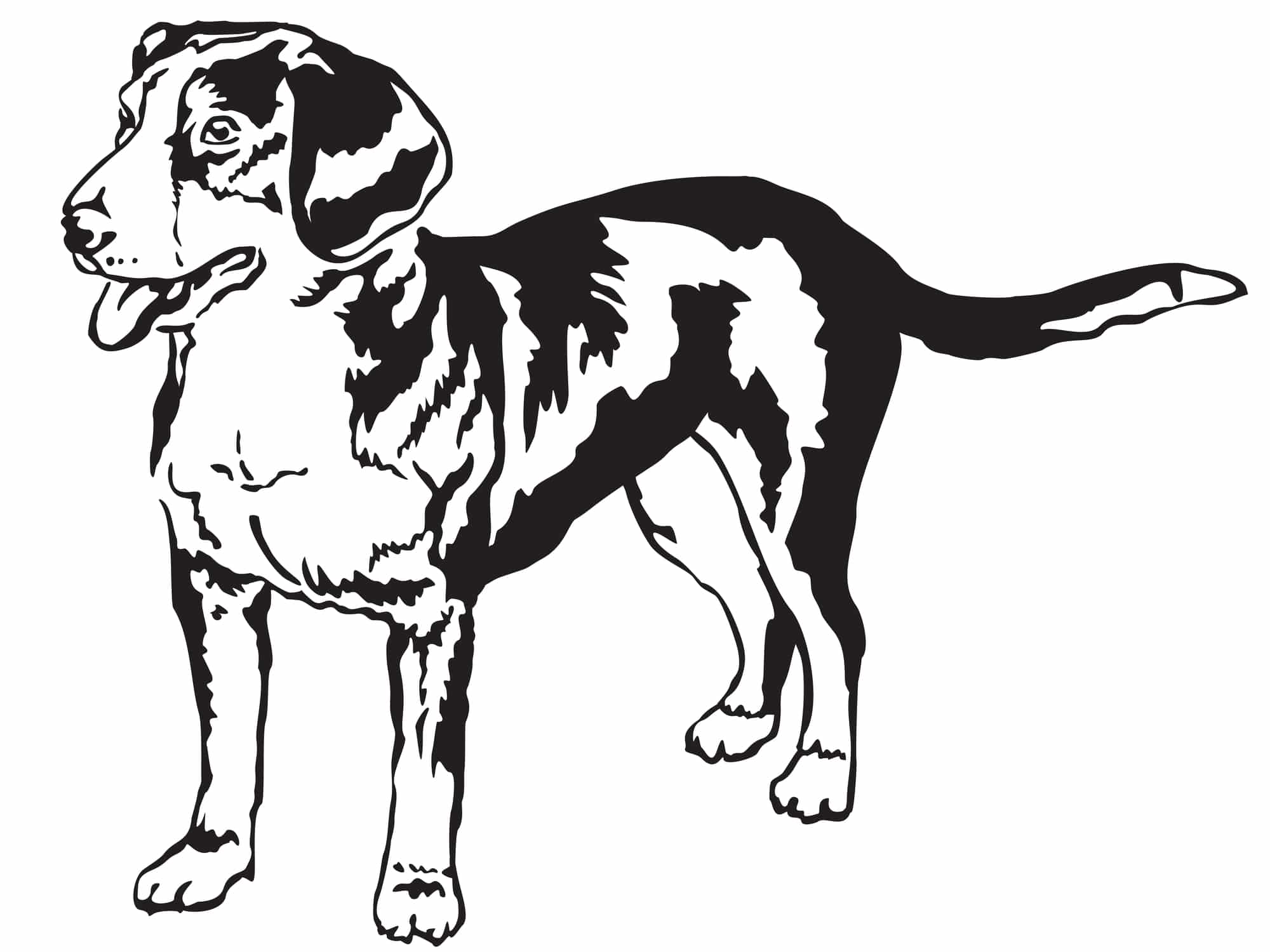
Origin & History
Like all Swiss Mountain Dogs, the Entlebuch Mountain Dog originates from the Swiss Alps. They are native to the valleys around the Entlen, Kleine and Große Emme rivers. The classification used today did not exist until the beginning of the last century. Only then were the mountain dogs differentiated according to size and weight.
Originally, mountain dogs had the task of accompanying the herdsmen. They helped them to protect the herds and, above all, to drive them from one pasture to another. But that is not the only change. Old pictures show that the majority of mountain dogs were still white in the 19th century. The color breeding often associated with inbreeding led to the problems in the dogs' genetics described above.
After initial efforts during the First World War, the official breeding history of the Entlebuch Mountain Dog began in 1926. Development was very slow at first. There were severe setbacks during the 2nd World War. However, the breed then established itself. Today, the Entlebucher is the second most common mountain dog after the Bernese. Compared to its famous relative, however, it is still rare.
Today, it is widespread in Europe, especially in German-speaking countries, and occasionally in America. Increasingly, other dog breeds are also being crossbred. This is intended to reduce the problems of the small gene pool. These efforts appear to be successful. Life expectancy has increased.
So the chances are good that you will find a loyal companion for all your adventures in an Entlebuch mountain dog.
